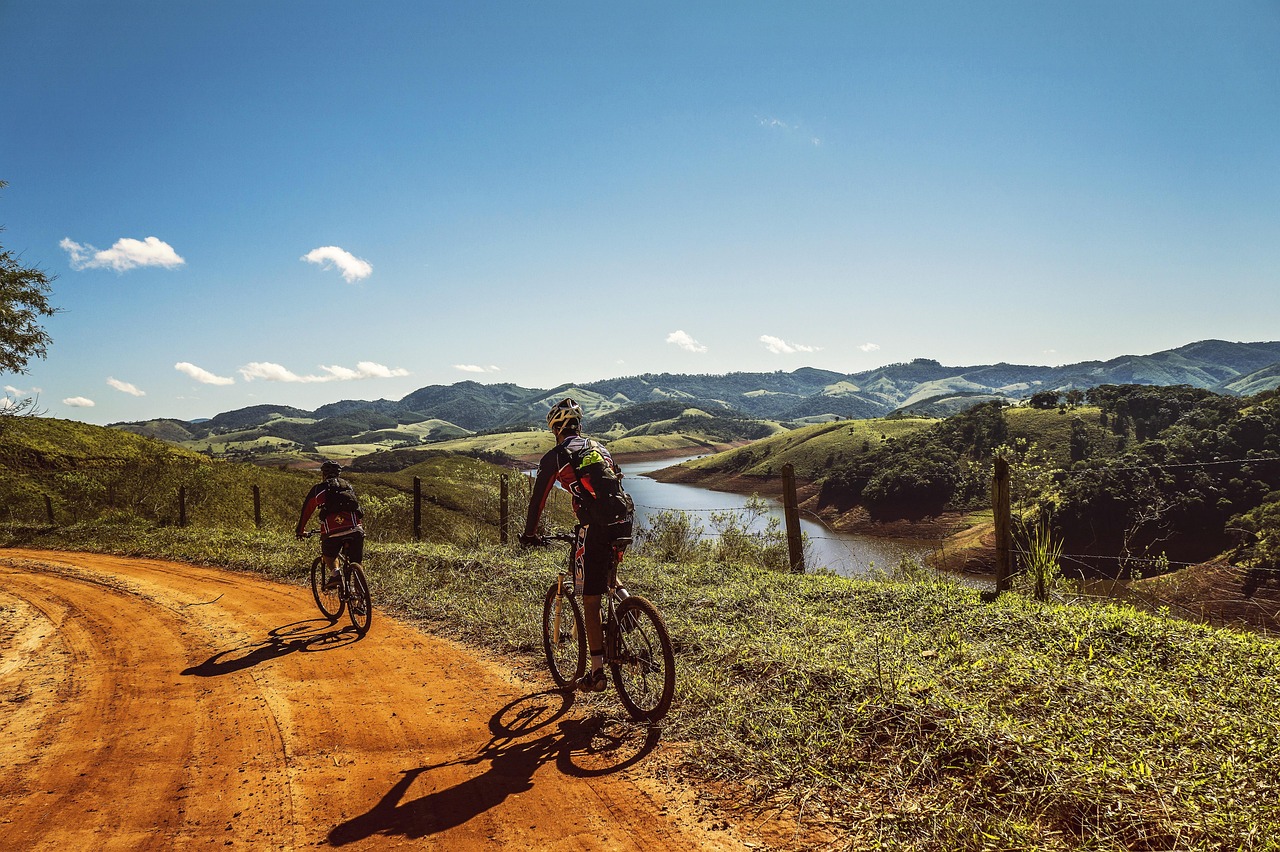Enhancing the natural water cycle and Community Involvement and Education explained
Community Involvement and Education, etc…
Unraveling the West’s Water Crisis: A Deep Dive into the Great Basin’s Drying Dance
The Great Basin: A Silent Crisis
The arid landscapes of the Great Basin, once a haven for diverse ecosystems, are now in the grip of a silent crisis. A relentless drought, fueled by climate change and exacerbated by decades of over-extraction, is pushing this vast region to the brink. This investigative journey seeks to uncover the intricacies of this water crisis, examining the intricate dance of water in this fragile environment and exploring the potential for hope amidst the growing anxieties.
A Delicate Balance: Tracing the Water’s Journey
The lifeblood of the Great Basin rests on a precarious balance: a delicate dance of precipitation, evaporation, and human intervention.
- A Mountainous Source: The majestic peaks that encircle the Basin serve as a vital catchment for rain and snowfall. This precipitation, the region’s primary source of water, fuels the lifeblood of the ecosystem.
- A Basin of Challenges: But the water’s journey is fraught with challenges. The arid landscape leads to rapid evaporation, while human demands for water, both for agriculture and urban centers, have significantly depleted the region’s reserves.
- A Web of Interdependence: Plants and animals, intricately woven into the fabric of the Great Basin, rely on the water’s dance for survival. They release water back into the atmosphere through transpiration, contributing to the delicate cycle of life.
Unveiling the Roots of the Crisis
The current water crisis is not an isolated event, but a confluence of factors that have been shaping the Great Basin’s fate for decades.
- The Changing Climate: The warming climate has amplified the effects of drought, with hotter temperatures leading to increased evaporation and drier conditions.
- A History of Overuse: For decades, the Great Basin has been over-extracted, with water resources being consumed faster than they can replenish. This unsustainable practice has left the region vulnerable to the harsh realities of climate change.
A Search for Solutions: Active Climate Rescue Initiative
In the face of mounting challenges, a glimmer of hope emerges from the Active Climate Rescue Initiative (ACRI). This multi-disciplinary group, comprised of scientists, engineers, and activists, is dedicated to developing innovative solutions for addressing climate change and water shortages in the Great Basin.
- Innovative Technologies: ACRI is exploring cutting-edge technologies, such as cloud seeding and water harvesting techniques, to enhance the region’s water resources.
- Community Engagement: ACRI recognizes the importance of community involvement in water management. The initiative is actively engaging with local stakeholders to foster sustainable practices and raise awareness about the critical need for water conservation.
- Advocacy and Policy Change: ACRI advocates for policy changes that promote sustainable water management practices, ensuring a future where the Great Basin’s precious water resources are protected for generations to come.
The Future: A Race Against Time
The Great Basin’s water crisis is a stark reminder of the interconnectedness of our planet’s systems. The fate of this region hangs in the balance, highlighting the urgent need for sustainable water management practices and a concerted effort to address climate change. ACRI’s work, combined with a united front of community engagement and policy reform, offers a ray of hope, but the race to secure a sustainable future for the Great Basin is a race against time.
Water Woes in the West: A Story of Drought and Hope in the Great Basin
TL;DR: The Great Basin is facing a serious water shortage due to climate change and overuse. This is impacting farmers, wildlife, and even the way we live. But there’s hope! We can all do our part to conserve water and find smart solutions to keep this amazing region healthy.
The Great Basin’s Water Dance: How Water Moves
Imagine a giant bowl, rimmed by mountains, catching the rain and snow from the sky. That’s the Great Basin, a dry region stretching from California to Utah, and home to unique plants and animals. Water in this region moves in a special dance:
- Rain and Snow: The main source of water is the rain and snow that falls on the mountains.
- Runoff: When snow melts or it rains hard, the water runs downhill, forming rivers and streams.
- Groundwater: Some of this water seeps into the ground, creating underground lakes called aquifers.
- Evaporation: As water sits on the surface, it evaporates, returning to the atmosphere.
- Plants and Animals: Plants and animals use the water to survive, and they release some back into the air through transpiration (like sweating).
A Thirsty Region: Challenges Facing the Great Basin
The Great Basin is getting thirstier. Climate change is causing hotter, drier conditions, leading to less rain and snow. We also use more water than nature can replenish, putting stress on the delicate balance of the water cycle. Here are some problems we’re facing:
- Reduced Farm Yields: Farmers rely on water to grow crops, but with less water available, their harvests are getting smaller. This means less food for everyone!
- Receding Groundwater Aquifers: When we pump water from aquifers faster than they replenish, the water level drops, like a bathtub draining. This makes it harder for communities to get water for their homes and businesses.
- Water Restrictions: To conserve water, cities and towns are limiting how much water people can use for things like watering lawns and washing cars.
Climate Change: A Shifting Water Cycle
Climate change is like a big game of water tag. The rules are changing:
- Less Rain and Snow: Warmer temperatures mean more evaporation, leaving less water to fall as rain or snow.
- More Extreme Weather: We’re seeing more intense storms and droughts, making it harder to manage water supply.
- Melting Glaciers: As temperatures rise, glaciers that store water are melting faster, reducing a crucial source of water for the region.
Solutions: Making a Difference
We can’t just sit around and wait for the rain. It’s time to take action to save our water! Here are some ways we can make a difference:
- Water Conservation: We can all do our part by fixing leaks, watering plants efficiently, and using less water in our homes.
- Innovative Irrigation Techniques: Farmers are developing new ways to use water more wisely, like drip irrigation that delivers water directly to plant roots.
- Policy Measures: Governments can create laws and programs to conserve water, such as setting water use limits and investing in water infrastructure.
- Community Involvement and Education: Everyone needs to learn about the importance of water and how they can help conserve it.
Active Climate Rescue Initiative: Leading the Way
The Active Climate Rescue Initiative is a group of scientists, engineers, and activists working on innovative solutions to address climate change and water shortages. They’re developing new technologies to capture and store rainwater, create sustainable water management systems, and build resilient communities.
A Summary of Hope for the Great Basin
The Great Basin is facing a water crisis, but there is hope! We can all make a difference by conserving water, learning about the water cycle, and supporting organizations like the Active Climate Rescue Initiative. By working together, we can protect the future of this unique and precious region.
More on Enhancing the natural water cycle…
- ## SEO Keywords: Enhancing the Natural Water Cycle
- General:
- Water cycle restoration
- Water cycle enhancement
- Sustainable water management
- Natural water cycle conservation
- Water conservation strategies
- Water cycle regeneration
- Water cycle optimization
- Water cycle health
- Water cycle resilience
- Water cycle awareness
- Water cycle education
- Specific Focus Areas:
- Rainwater harvesting
- Groundwater recharge
- Wetland restoration
- River restoration
- Forest restoration
- Urban greening
- Permeable pavement
- Greywater recycling
- Drought-resistant landscaping
- Water efficient irrigation
- Climate change adaptation for water
- Water scarcity solutions
- ## SEO Keywords: Community Involvement and Education
- General:
- Water cycle education for communities
- Water conservation community programs
- Community water awareness initiatives
- Community-based water management
- Public participation in water management
- Citizen science for water
- Community water projects
- Water conservation workshops
- Community water forums
- Water advocacy
- Water policy education
- Specific Focus Areas:
- School water education programs
- Youth water leadership
- Community gardening for water conservation
- Community water audits
- Water conservation competitions
- Water sustainability workshops
- Water-related community events
- Water conservation campaigns
- Public awareness campaigns about water
- Water storytelling
- Citizen science for water quality monitoring
- Combined Keywords:
- Community involvement in water cycle restoration
- Community-based water conservation initiatives
- Community education on water cycle enhancement
- Citizen science for water cycle health
- Community engagement in water sustainability projects
- Water cycle education for community resilience




